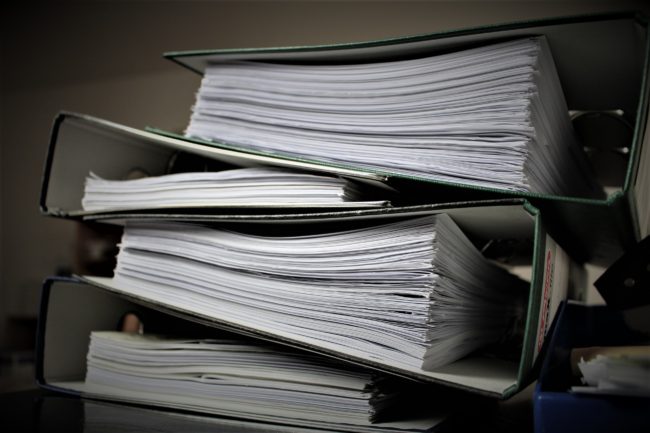It may seem like the encrypted ledger is a future technology, but today Maersk and IBM are building a blockchain platform to improve the flow of goods between Europe and South Africa. An optimized workflow improves their whole supply chain ecosystem, where everyone stands to benefit from the trusted, secure transactions of cryptocurrency technology.
Shippers who embrace future technologies like blockchain, will push traditional paper laden processes, and bloated mail inboxes further into the past. As many overnight parcel shippers future proof their IT systems, they look at what is the next step towards future proofing.
 Their counterparty must value optimized workflow and remove bottlenecks like the old internal paperchase inherent with billing data for parcel shipments. They need not wait until encrypted blockchain becomes mainstream technology to get the benefits either. They should examine the constraints holding them back, alongside incrementally adopting newer technologies.
Their counterparty must value optimized workflow and remove bottlenecks like the old internal paperchase inherent with billing data for parcel shipments. They need not wait until encrypted blockchain becomes mainstream technology to get the benefits either. They should examine the constraints holding them back, alongside incrementally adopting newer technologies.
Case Study
Everyone knows the costs of paper handling is too much. One egregious example is a customer whose accounts payable department took the weekly invoices from FedEx, and made 10 paper copies of roughly one thousand airbills weekly.
These papers were sent to ten Directors companywide. The Directors would in turn be expected to thumb through the entire stack of paper invoices to find the particular airbills from employees in their department. Mind you, there was no order in the stack, just a pile of random bills to read, most of which each Director found were from one of the other nine departments. The A/P folks and everyone else ended up spending lots of time parsing out papers. The Directors often times spent weekends doing (or not doing) the trivial task.
Even if these papers were digitized, the manager would still need to go through the files with keyword searches to parse out the good data. The drudge of poking through a stack of papers must be one of the worst tasks a manager does, next to letting a direct report go.
The drudge of poking through a stack of papers must be one of the worst tasks a manager does, next to letting a direct report go.
Paperchase
Viewing and downloading bits from a website is typical nowadays. Electronic Data Interchange (EDI) technology is one generation earlier. Paper was before EDI. What if we can at least start using EDI, instead of paper? And we meld EDI cured data with the way the organization actually works, coupled with governance, compliance, and risk management policies?
Optimized Workflow
It starts when someone in the operational workflow chain says enough is enough. It could be a Manager or Director requesting internal improvements. It could be someone handling too many redundant tasks.
 The next step moving from routine tasks is to do it him or herself or delegate the work to another with a fresh perspective or skill set identify the bottlenecks and set up new procedures. It could be someone that will request an assessment and make recommendations for an optimized workflow that will help the warehouse, operations, the procurement or inventory management, the SC group, members of the product management team, the IT folks, or those in the finance department.
The next step moving from routine tasks is to do it him or herself or delegate the work to another with a fresh perspective or skill set identify the bottlenecks and set up new procedures. It could be someone that will request an assessment and make recommendations for an optimized workflow that will help the warehouse, operations, the procurement or inventory management, the SC group, members of the product management team, the IT folks, or those in the finance department.
How to cut a bit of the paperchase?
Use the reference field of the airbill. Add coded info that will automate data processing, and create optimized workflow. Ask Audit Associates how we’ve helped other clients and see redacted samples on what this looks like.

